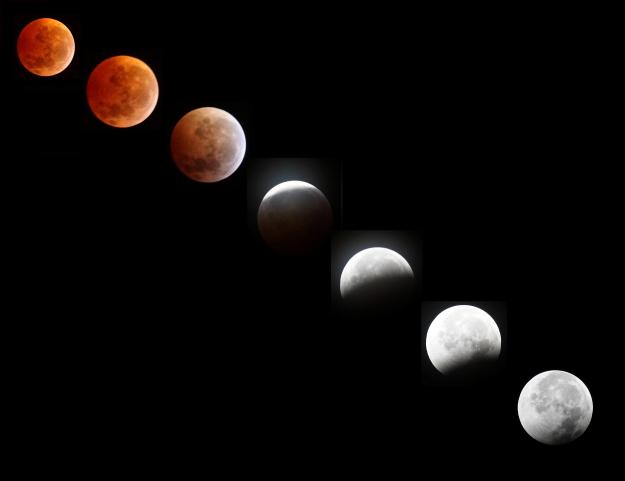With a unique blend of science and humour, American naturalist and science educator Milos Radakovich is an extremely popular cruise ship lecturer.
He has written two volumes full of what he calls “Bite-size SCIENCE snacks” called 90 SECONDS. These articles were written to be delivered as 90 second radio spots. I have read and reread all many times.
If you are interested in ordering a copy or for more information e-mail Milos at milos@mbay.net
Hey, Where’s the Moon?
The moon is a cold, rocky body about 2,100 miles in diameter. It has no light of its own but shines by sunlight reflected from its surface. It orbits our Earth about once every 29.5 days, and throughout the month, its changing position with respect to the Sun causes it to cycle through a series of phases.
When the Moon is full, it is directly opposite the Sun in the sky. An eclipse of the Moon can only occur at full Moon, and only if the Moon passes through some portion of the Earth’s shadow.
The shadow is actually composed of cone-shaped components, lone nested inside the other. The outer, penumbral, shadow is a zone where the Earth blocks only some of the Sun’s rays, resulting in a partial eclipse. A total eclipse happens when the Moon passes through the inner, umbral, shadow, a region where the Earth blocks all direct sunlight from reaching the Moon.
The Moon’s orbit around Earth is actually tipped around 5 degrees relative to the Earth’s orbit around the Sun. This means that the Moon spends most of the time either above or below the plane of earth’s shadow, so no eclipse is seen.
The Moon’s orbit is so well known that eclipses can be predicted well into the future. Two to four times each year, the Moon passes through some part of the earth’s shadow and we see an eclipse.
During a lunar eclipse, everyone on the night side of Earth can see it, and about one in three eclipses is total.
During a total lunar eclipse, astronauts on the Moon would see the earth eclipsing the Sun. they would see a bright red ring around the earth as they watched all the sunrises and sunsets happening simultaneously around the world!
Unlike solar eclipses, lunar eclipses are completely safe to watch….as long as you don’t trip over the lawn chairs in the dark.
Lunar Eclipse Sequence on Winter Solstice Dec 21 2010
